Laminated Printing: What Options are Available?
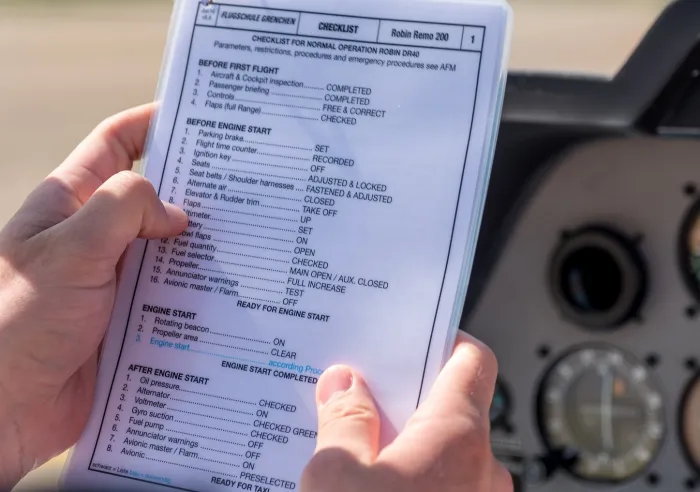
estimated reading time: 6 minutes
Many print projects have a clear laminate applied as a
finishing step. Made of durable plastic film, laminates protect the paper and
ink against dirt and moisture. Laminates also help guard against scuffs,
wrinkles, and tears.
In addition to increasing resilience and longevity, laminates
can also enhance the function and appearance of printed pieces by adding rigidity,
sheen, and texture.
Printed items that are frequently laminated include restaurant
menus, placemats and counter mats, book covers, reference sheets, cards and
tags, brochures and marketing pieces, bookmarks, and training materials.
If you are planning to laminate an upcoming print project, there
are a variety of options from which to choose. Below is an overview of the available
options to consider for your next laminated print project…
Finish Options
Gloss -
A gloss laminate provides a highly-reflective surface
and a slick feel. The shiny finish is almost glass-like and adds incredible clarity
and vibrancy to printed ink colors.
Because a gloss laminate will deepen colors, it is often applied
to marketing materials to enhance the colorful designs and photographs. This is
especially true for full-color brochures, postcards, rack cards, and other promotional
pieces that are image heavy.
The slick surface of a gloss laminate is also very easy to
clean, making it a good choice for restaurant menus and placemats as well as other
printed items that will be handled frequently or subject to stains and spills.
Matte -
A matte laminate provides the same degree of paper and ink protection as a gloss laminate. But unlike a gloss laminate, a matte laminate reflects little or no light. This means a matte laminate adds minimal sheen to printed pieces.
Because a matte laminate has no reflective qualities, it minimizes
glare and makes printed pieces easier to read. Hence, a matte laminate is an
excellent choice for printed items that contain large blocks of text and/or
will be used or displayed under a direct light source.
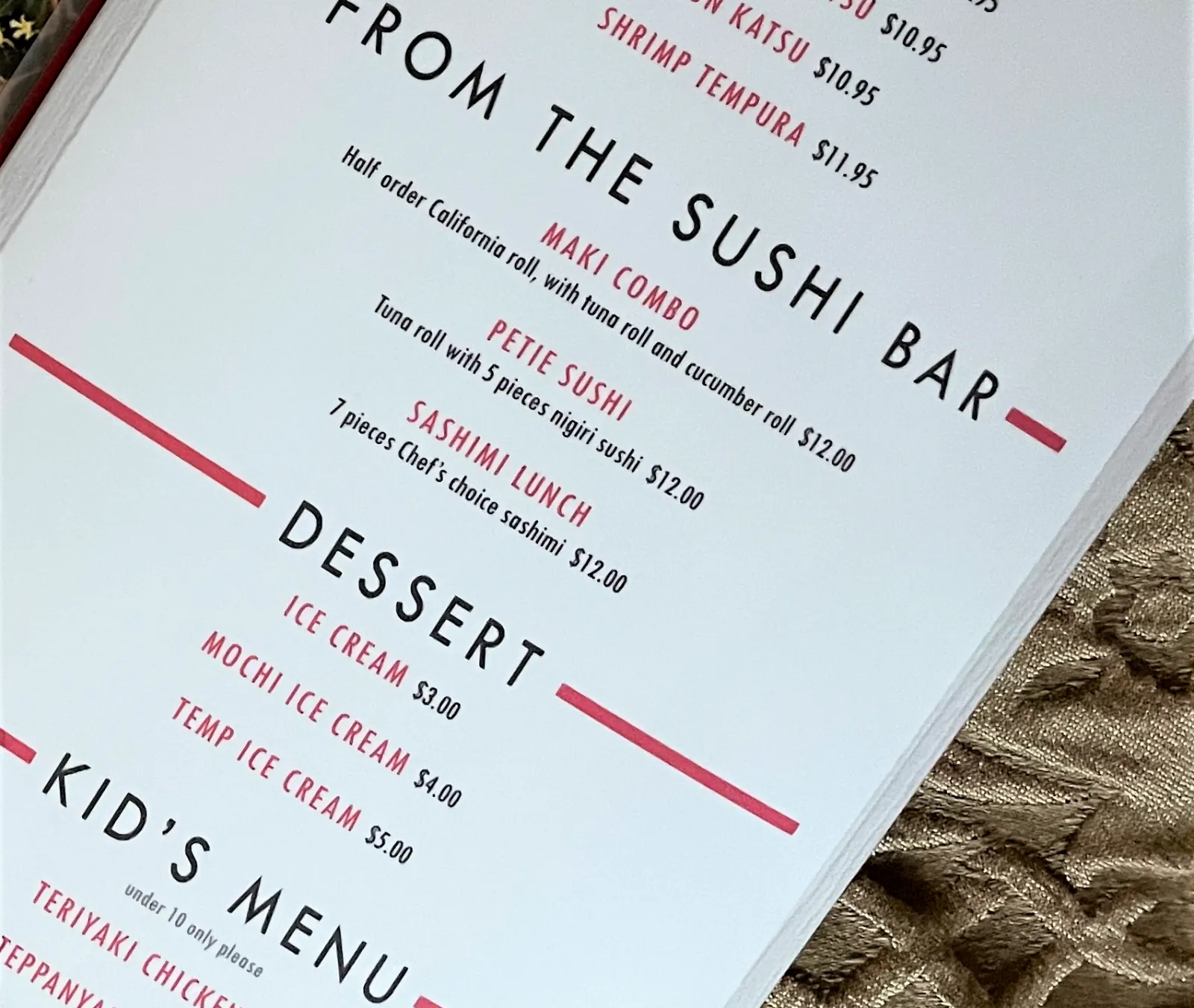
Compared to the shiny surface of a gloss laminate, the
softer, more natural appearance of a matte laminate creates an element of
sophistication. This makes matte lamination a good choice for books, business cards,
or any other printed item that needs to convey professionalism in a subtle and understated
way.
Soft Touch -
In addition to protecting the underlying ink
and paper, a soft touch laminate appeals to the sense of touch. A soft touch
laminate adds an interesting texture that feels similar to suede or velvet.
The unusual feel of a soft touch laminate creates intrigue and encourages interaction with the printed pieces being handled. This makes soft touch a good option for high-impact items such as brochures, presentation folders, or book covers.
Unlike a gloss laminate that will brighten colors, a soft
touch laminate will soften ink colors. It also provides a sense of depth to a printed piece. An unexpected benefit of soft touch laminate is that the textured surface actually improves the "grip" of a printed piece.
Thickness Options
Does your project require a laminate that is thin and flexible,
thick and rigid, or something in between?
1.5 mil or .0015" -
This is the thinnest and most flexible laminate.
It is frequently used on projects made from cardstock, such as postcards,
business cards, folders, or book covers. This is because the cardstock itself
is fairly rigid and the thin laminate is merely applied to add a layer of
protection, sheen, or texture.
3 mil or .003" -
Though twice as thick as the 1.5 mil
laminate, this thickness is still considered a light-duty laminate. It offers protection
against moisture and stains and is flexible enough to be used on bi-folded or
tri-folded items, such as restaurant menus, brochures, or instruction guides. Being
relatively light in weight, it is also a good choice for laminating posters,
maps, diagrams, charts and other printed sheets intended for display on a wall.
5 mil or .005" -
This all-purpose laminate is used for a
variety of print projects. It adds a moderate degree of stiffness to printed
pieces and works best for projects that do not fold, such as flat restaurant
and bar menus, placemats, reference sheets, and rack cards. Because it offers
good structural integrity, it also works well for laminated sheets or card sets
that are joined together with a metal ring.
10 mil or .010" -
This heavy-duty laminate is extremely
thick and rigid. Because it is so substantial, it offers the most protection
and durability of all the laminate sizes. It cannot be creased or folded, so it
is only used on printed pieces that will remain flat. Also, because a 10 mil
laminate is so thick and tough, it is the preferred choice for print materials used
within harsh environments, such as an industrial setting or the outdoors.
Edge Options
Will the laminate be cut flush with the edge of your printed
piece or will the laminate overhang slightly to seal the edge?
Flush Cut Edge -
The flush-cut option means the laminate is
trimmed even with the edge of the paper or cardstock to which it is bonded. This
option offers a very clean appearance. However, it leaves the perimeter edge of
the printed substrate unprotected. Thus, a flush-cut laminate is not
recommended for print materials that may be subject to moisture, grime, or
other contaminants.
The flush cut option is used primarily for the covers and
pages of books, brochures, business cards, postcards and other printed items
where aesthetics are important.
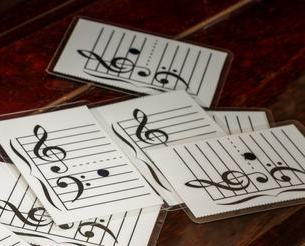
Sealed Edge -
The sealed-edge option refers to two pieces of
laminate that are cut slightly larger than the printed substrate. The printed
substrate is then centered within the two pieces of laminate. As the laminate
sheets are bonded to both sides of the substrate, the perimeter edges of the laminate
sheets also bond to each other. This technique totally encloses the printed
substrate within the plastic laminate so that no contaminants can come in contact
with the paper or ink.
Though not as aesthetically appealing as the flush-cut
method, this technique is very popular because it provides a complete layer of protection.
Corner Options
Which type of corner fits your project better - standard square
corners or corners trimmed with a radius?
Square Corners -
Square 90-degree corners are the standard
option. It is worth noting that the majority of laminated print projects are
made with square corners.
Rounded Corners -
As the thickness of a laminate increases,
the more rigid it becomes. And the more rigid it becomes, the more dangerous a sharp
90-degree corner can be. This isn't a big concern if the laminated piece is to
be secured to a wall, but if it is going to be frequently handled then the
corners should be rounded for safety. This is especially true if the laminated
printing will be used by young children.
Rounded corners can be created using various radii. Also, rounded corners are almost always recommended for 10 mil
laminates. Projects that use a 5 mil laminate should be carefully evaluated to determine
if the intended usage will pose a risk of injury. In most cases, laminates with
a thickness of 3 mil or 1.5 mil are flexible enough not to cause harm by
themselves, but if the substrate is exceptionally thick then rounded corners
might still be worth considering.
Color Vision offers excellent prices for printing and
laminating services. We are always happy to discuss your projects, so give us a
call at 800-543-6299. Or, submit a quick quote request by clicking here and we will
email you a quote. As always, we look forward to assisting with your printing
and laminating projects!
Related Articles
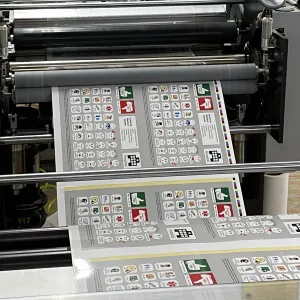
Buying Laminated Printing? Here Are 7 Things to Keep in Mind
Read This Article
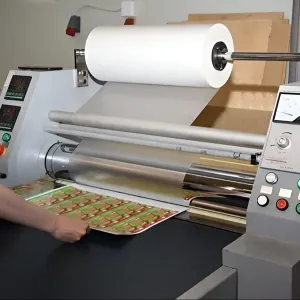
Laminated Printing Services: 8 Frequently Asked Questions
Read This Article
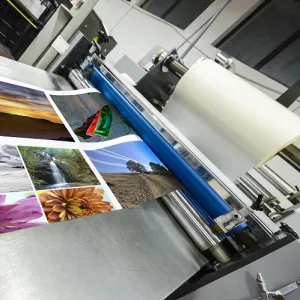
Printing and Laminating: What Thickness of Laminate is Best?
Read This Article
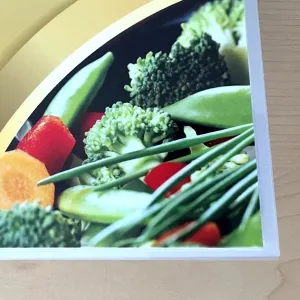
Laminated Printing: Is a Sealed Edge or Flush Cut Better?
Read This Article
- 1
- 2